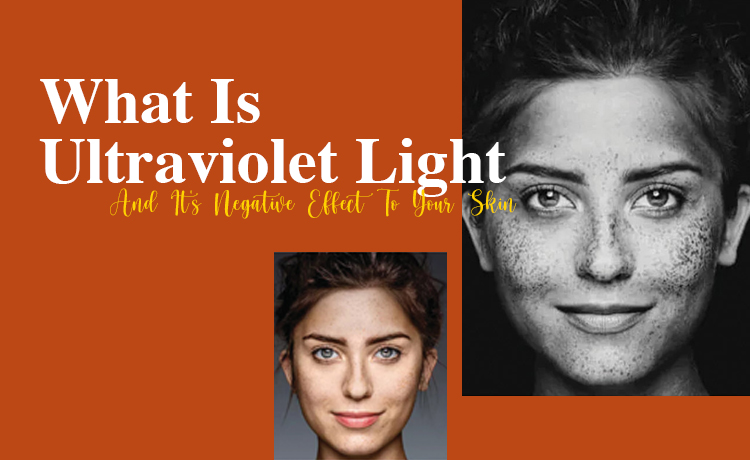Ultraviolet light is a form of radiant energy emitted by the sun and some other sources. Sunlight is the most common source of ultraviolet radiation, although ultraviolet radiation itself forms only a small percentage of the sun. Other places you might get exposed to ultraviolet light include at tanning beds or a welding workshop where a welding lamp is in operation or even some kinds of fluorescent lamps.
Ultraviolet Lights Are A Form Of Energy
Ultraviolet radiation represents a form of energy. One of the more classic definitions of energy puts it down as “an ability to do work.” “Work” in the case of ultraviolet radiation can be taken as affecting the nature of other entities, including biological ones. This means that ultraviolet energy can affect the cells in your body.
What Are The Types Of Ultraviolet Radiation You Should Know?
UV radiation is divided into three types, according to their wavelengths in descending order. The shorter the wavelength, the more potential damage it can do to our cells. The kinds of UV radiation are UVA, UVB, and of course, you guessed right, UVC. The ozone layer absorbs UVC, so that’s one less solar UV to worry about (though other sources may also emit them). UVB is mostly cut off too by the ozone layer, so most of what gets down to us are UVA. UVB rays carry a bit more energy than UVA and are associated with more severe damage. However, UVA also has its risks. Below are some of the adverse effects of ultraviolet light on your skin.
Adverse Effects Of Ultraviolet Light On The Skin
1. UVA Rays Can Cause Premature Aging Of The Skin
This phenomenon is described as photoaging. Our skin ages faster than expected (relative to our actual ages) when regularly exposed to ultraviolet light. Wrinkles and freckles occur early on, while Irregular pigmentation also appears later in the process. The skin appearances look leathery. Skin capillaries also become more distended, which can have a telling cosmetic effect on our skins’ appearance. Photoaging is thought to be mostly down to the effects of UVA rays.
2. UVB rays can cause skin cancer
As earlier pointed out, UVB is linked to the more damaging effects of UV radiation on biological systems. One of these is DNA damage. UVB can cause damage to the DNA of skin cells. This damage may result in mutations, and cellular mutations can cause a skin cell to become cancerous. UVA rays may also cause these skin cancers called melanomas, but they are thought to be mostly down to UVB rays.
3. UVB rays can cause Sunburn
This is a common effect and often occurs when folks try to get a bit of golden tan to end up with something a bit less appealing cosmetically and more painful. When you get too much sun (which depends on your skin tone, lighter tones are more susceptible to getting sunburned than darker ones), your skin can become red (not golden), and angry swellings and blisters can break out- the classic signs of a sunburn. Sunburns are thought to be mostly due to UVB rays.
Conclusion
Ultraviolet radiation occurs in sunlight, as well as in some other sources. The long-term exposure to Ultraviolet can cause some damaging effects, so we should take care to control our exposure to Ultraviolet radiation and take proper protective measures against it. Effective measures to protect against these rays include, but are not limited to the use of sunscreens on days out in the beach sun and properly covering up while taking long walks in the sun. At the same time, make sure you keep your skin healthy by boosting your immunity – Shiruto is the best supplement to help you keep your immunity in check.
View this post on Instagram








